How to Mastering the Art of Function Transformations
Transformations of functions are techniques used in mathematics to modify the graph of a function in various ways while preserving the overall shape and characteristics of the function. These transformations include shifting, stretching, compressing, and reflecting the graph of a function. Let's go through a step-by-step guide on how to apply these transformations, using the concept of a parent function as the starting point.
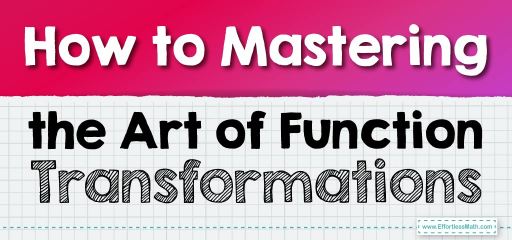
Step-by-step Guide to Mastering the Art of Function Transformations
Here is a step-by-step guide to mastering the art of function transformations:
Understanding the Parent Function
A parent function is the simplest form of a function family, which serves as a template for graphing other functions within that family. Examples of parent functions include:
- Constant Function: \(y=c\)
- Linear Function: \(y=x\)
- Absolute Value Function: \(y=∣x∣\)
- Polynomial Function: \(y=x^n\)
- Rational Function: \(y=\frac{1}{x}\)
- Radical Function: \(y=\sqrt{x}\)
- Exponential Function: \(y=e^x\)
- Logarithmic Function: \(y=log(x)\)
Transformations of Functions
Horizontal Shift
- Right Shift \((y = f(x – k))\): If \(k>0\), the graph shifts \(k\) units to the right.
- Left Shift \((y = f(x + k))\): If \(k>0\), the graph shifts \(k\) units to the left.
Vertical Shift
- Upward Shift \((y = f(x) + k)\): If \(k>0\), the graph shifts \(k\) units upwards.
- Downward Shift \((y = f(x) – k)\): If \(k>0\), the graph shifts \(k\) units downwards.
Vertical Stretch and Compression
- Vertical Stretch \((y = kf(x))\): If \(k>1\), the graph stretches vertically away from the \(x\)-axis.
- Vertical Compression \((y = kf(x))\): If \(0<k<1\), the graph compresses towards the \(x\)-axis.
Horizontal Stretch and Compression
- Horizontal Compression \((y = f(kx))\): If \(k>1\), the graph compresses towards the \(y\)-axis.
- Horizontal Stretch \((y = f(kx))\): If \(0<k<1\), the graph stretches away from the \(y\)-axis.
Reflections
- Reflection Across the \(Y\)-Axis \((y = f(-x))\): The graph is mirrored across the \(y\)-axis.
- Reflection Across the \(X\)-Axis \((y = -f(x))\): The graph is mirrored across the \(x\)-axis.
Applying Transformations
- Identify the Parent Function: Determine which parent function your function is based on.
- Determine the Transformation(s): Look at the function and identify any modifications to the parent function. These can be shifts, stretches/compressions, or reflections.
- Apply the Transformations Step-by-Step: If multiple transformations are present, apply them one at a time. Begin with reflections, followed by horizontal transformations (shifts and stretches/compressions), and finally vertical transformations.
- Graph the Transformed Function: Using the transformations, graph the new function. Be mindful of key points, like the vertex of a parabola, which can help guide the transformation.
Final Word
Understanding and applying transformations to functions allow for a deeper comprehension of how changes in the function equation affect its graph. By mastering these techniques, one can predict and visualize the behavior of complex functions.
Example:
What is the parent graph of the following function and what transformations have taken place on it: \(y = 3(x – 4)^2 + 2\)
Solution:
- Parent Graph: The parent graph for this function is \(y=x^2\), which is a basic quadratic function or a parabola.
- Transformations:
- Horizontal Shift: The term \((x−4)\) indicates a horizontal shift. Since it’s \((x−4)\), the shift is \(4 \) units to the right.
- Vertical Stretch: The coefficient \(3\) in front of\((x−4)^2\) suggests a vertical stretch. The graph is stretched by a factor of \(3\).
- Vertical Shift: The \(+2\) at the end of the function indicates a vertical shift upwards by \(2\) units.
- Summary of Transformations:
- The graph of \(y=x^2\) is shifted \(4\) units to the right, stretched vertically by a factor of \(3\), and then shifted upwards by \(2\) units.
Related to This Article
More math articles
- How to Study for a Math Test in 7 Easy Steps
- Polynomial Identity
- How to Solve Finite Geometric Series? (+FREE Worksheet!)
- Supermarket Sweep: How to Choose the Better Coupon in Aisle 7!
- Vectors Introduction
- Top 10 OAR Math Practice Questions
- Top 5 Books for math teachers
- The Ultimate 7th Grade MAP Math Course (+FREE Worksheets)
- DAT Quantitative Reasoning Math FREE Sample Practice Questions
- Top 10 SSAT Middle-Level Math Practice Questions


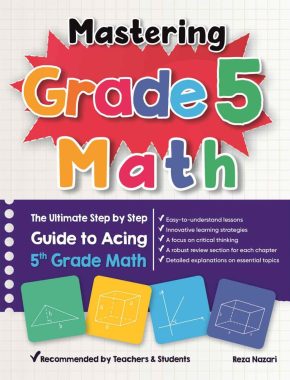


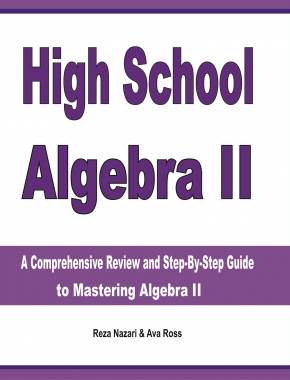
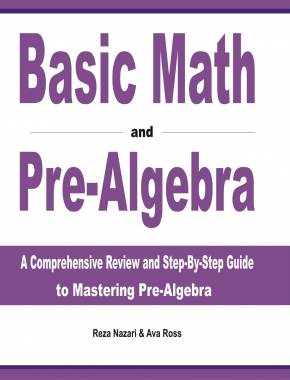
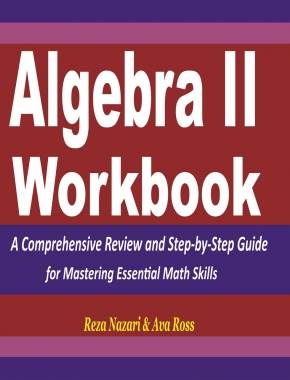



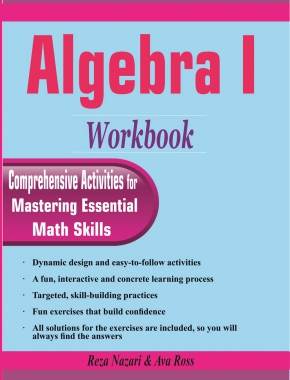
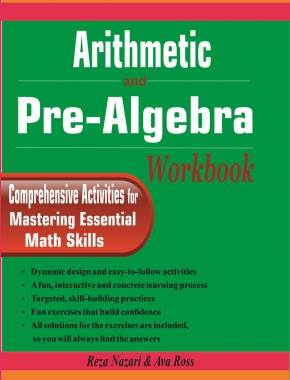










What people say about "How to Mastering the Art of Function Transformations - Effortless Math: We Help Students Learn to LOVE Mathematics"?
No one replied yet.